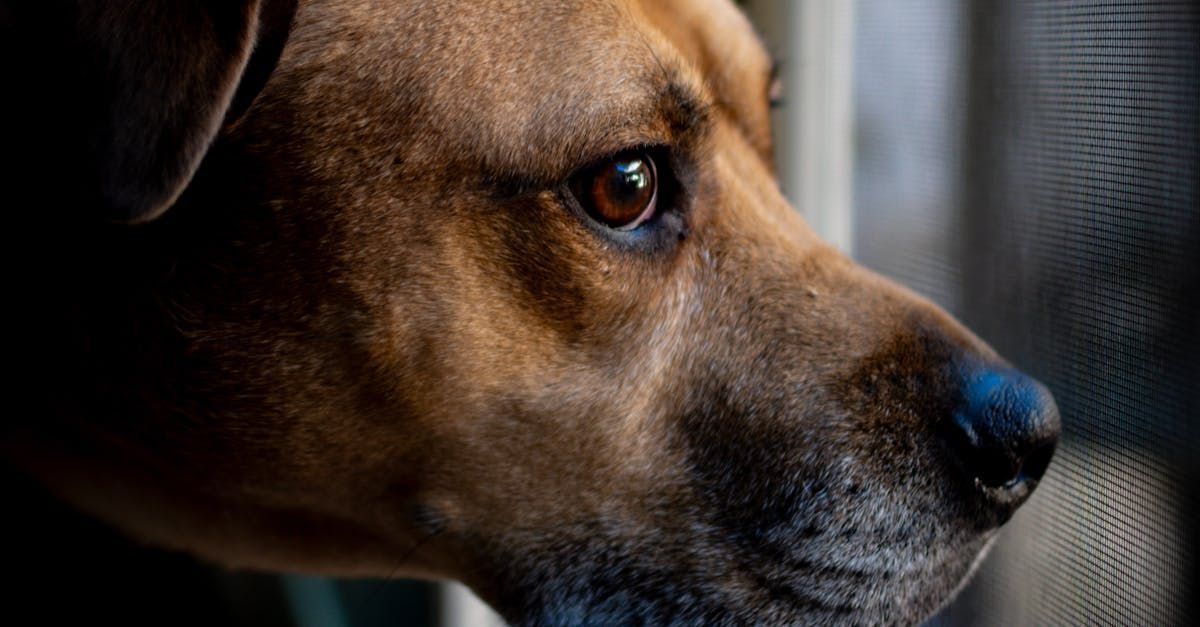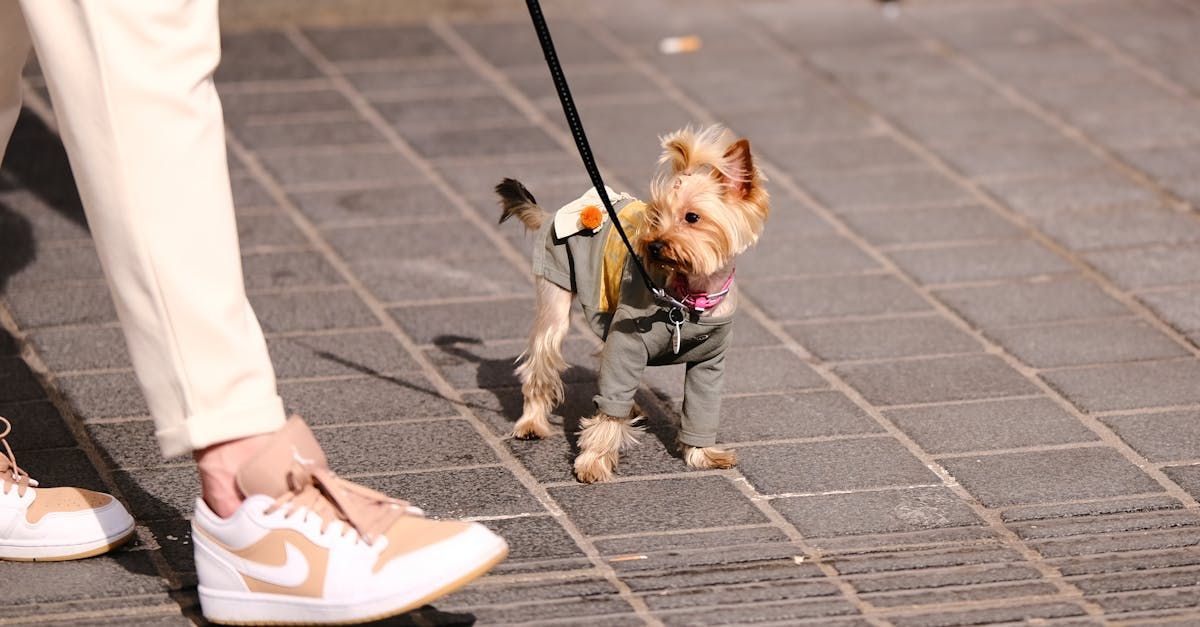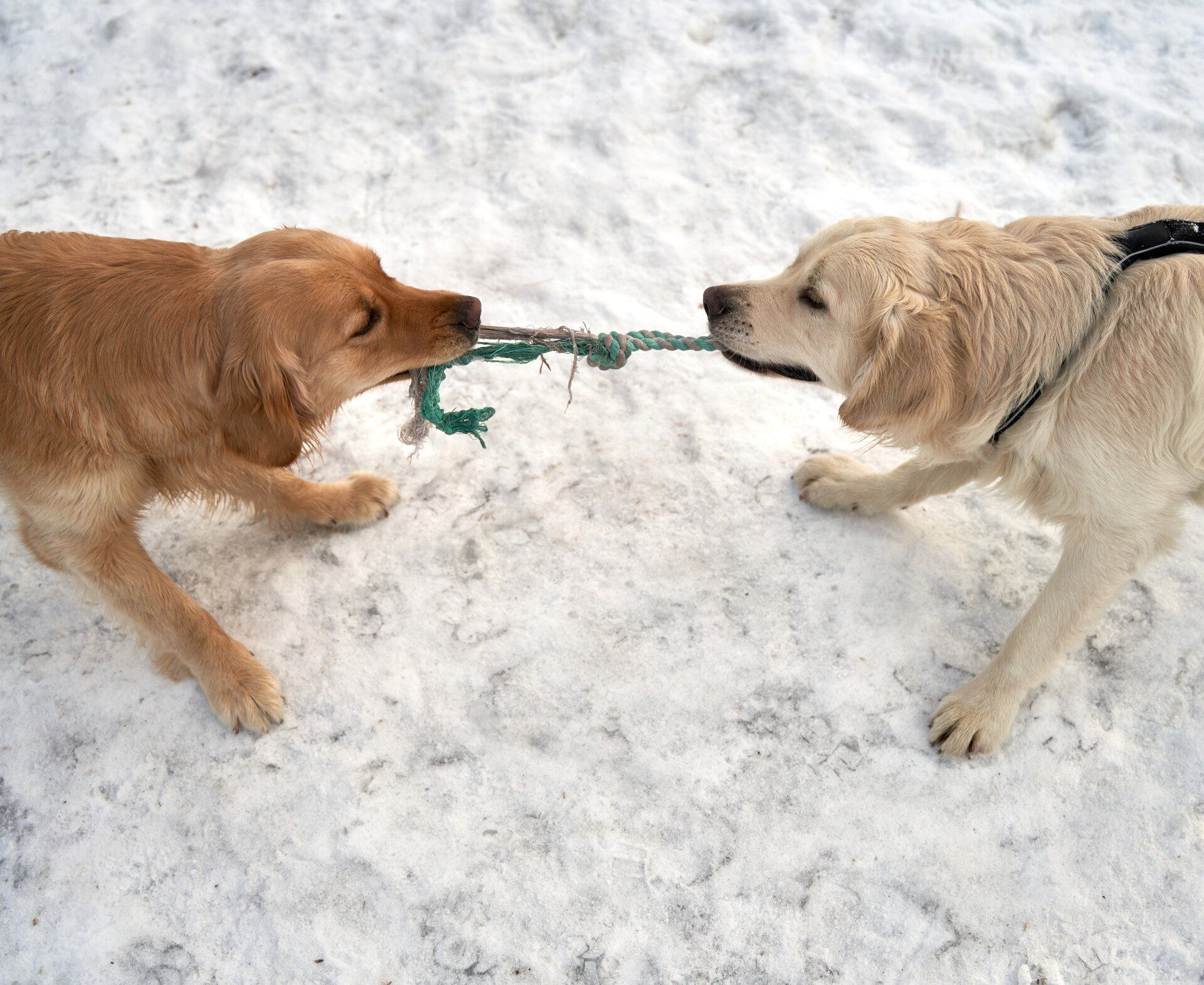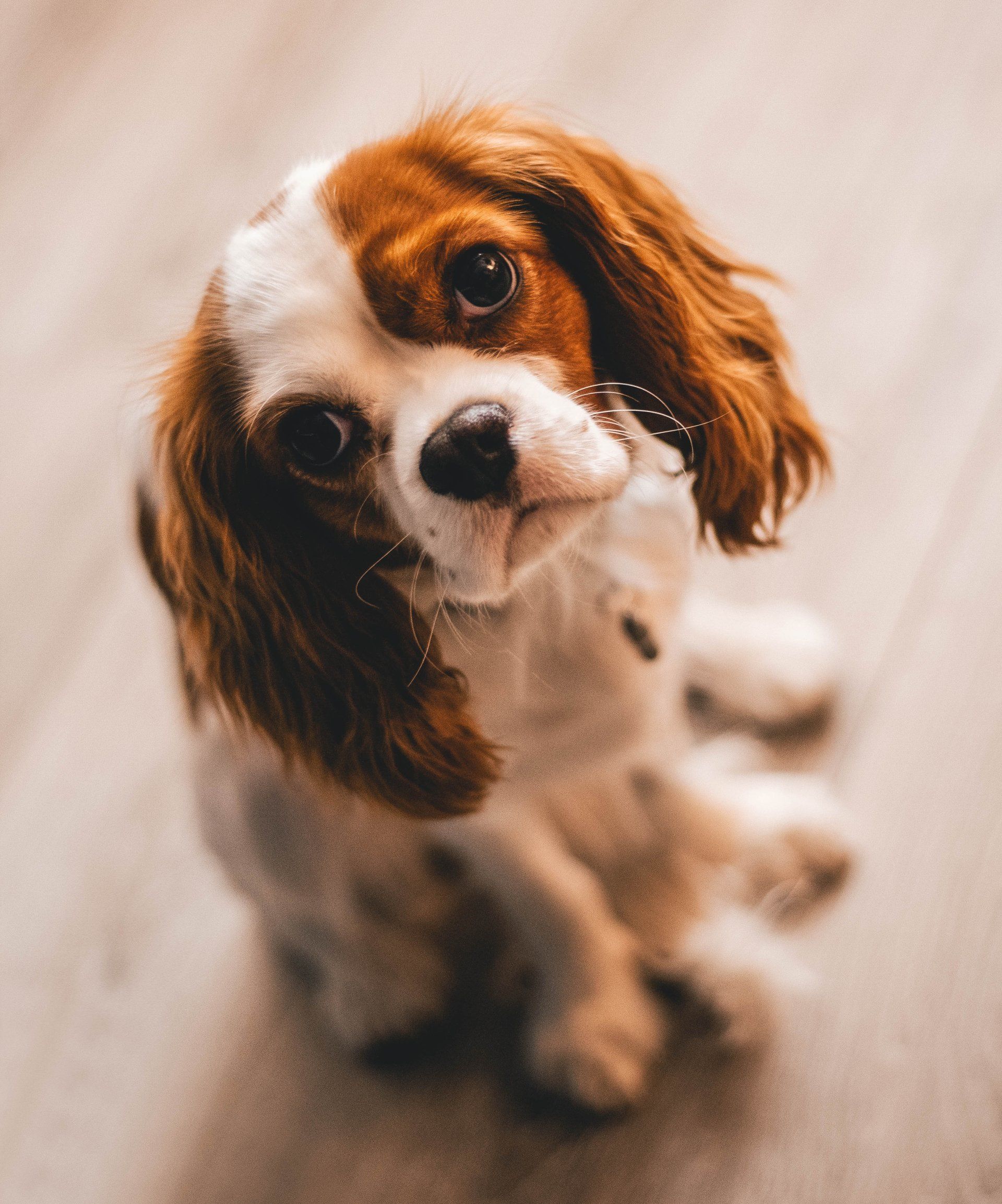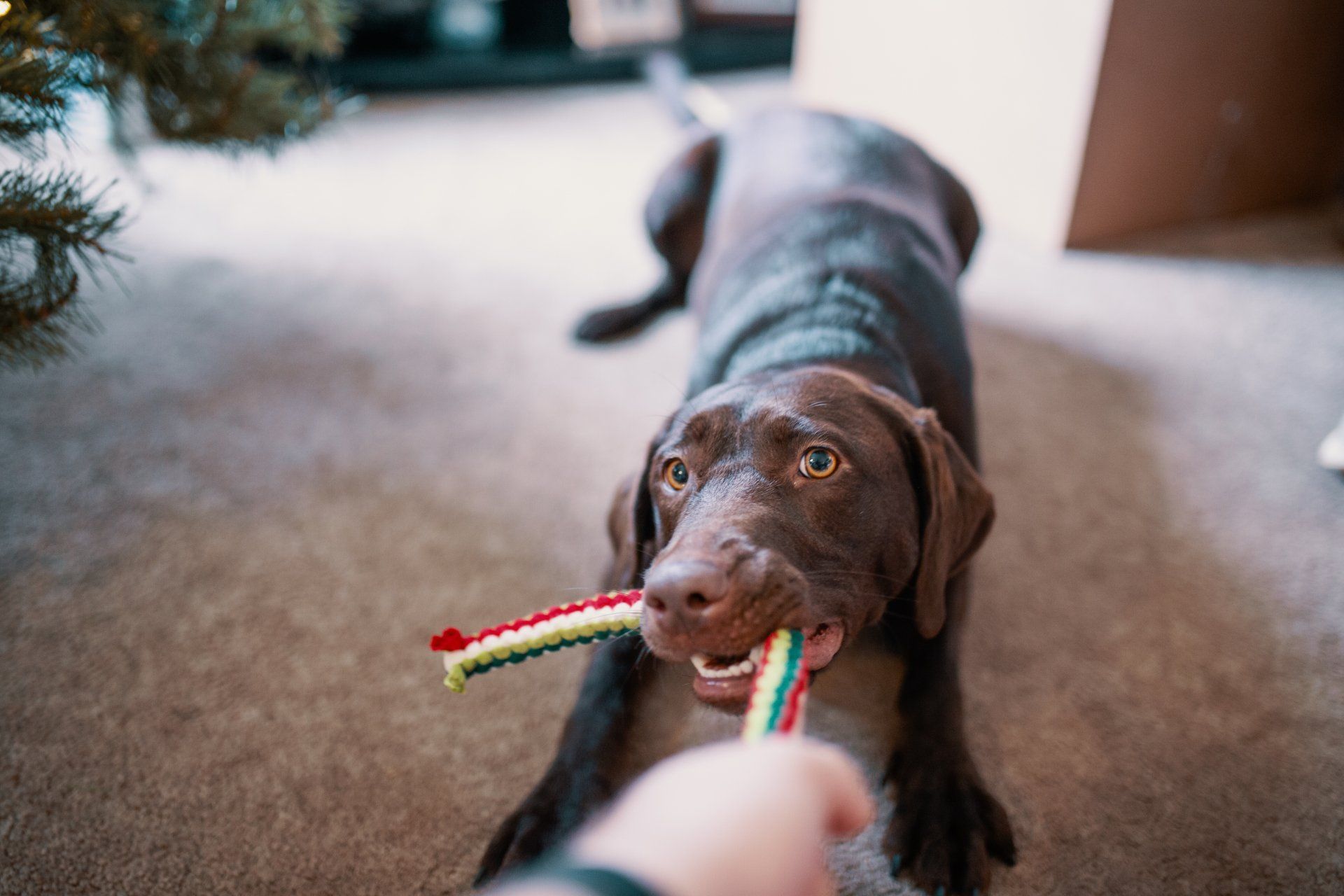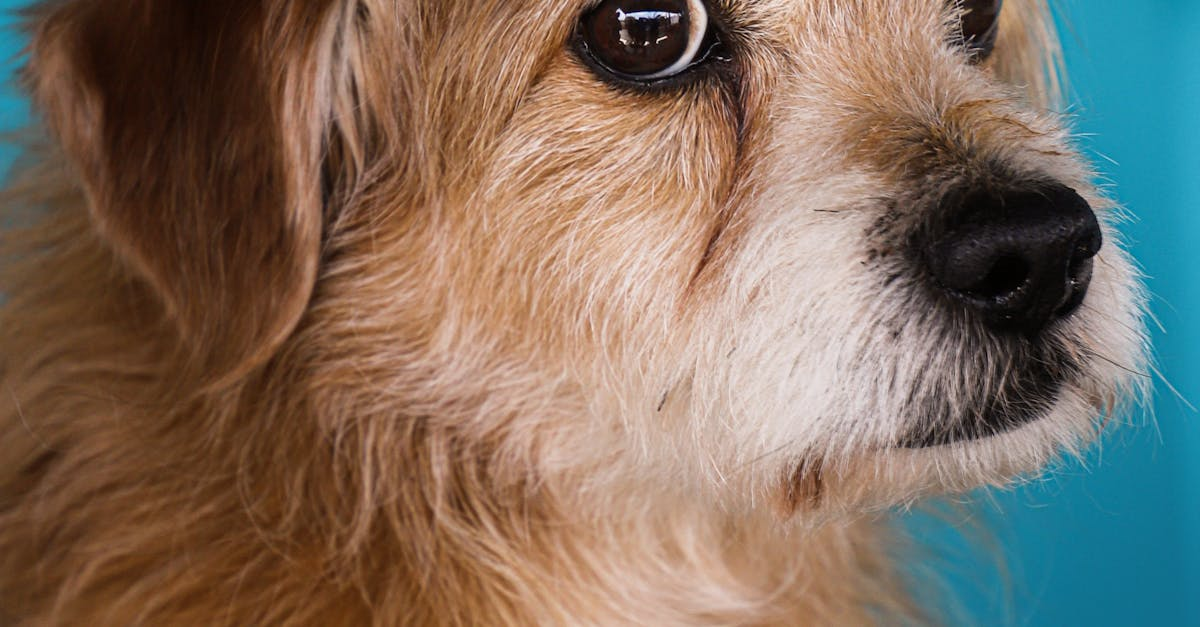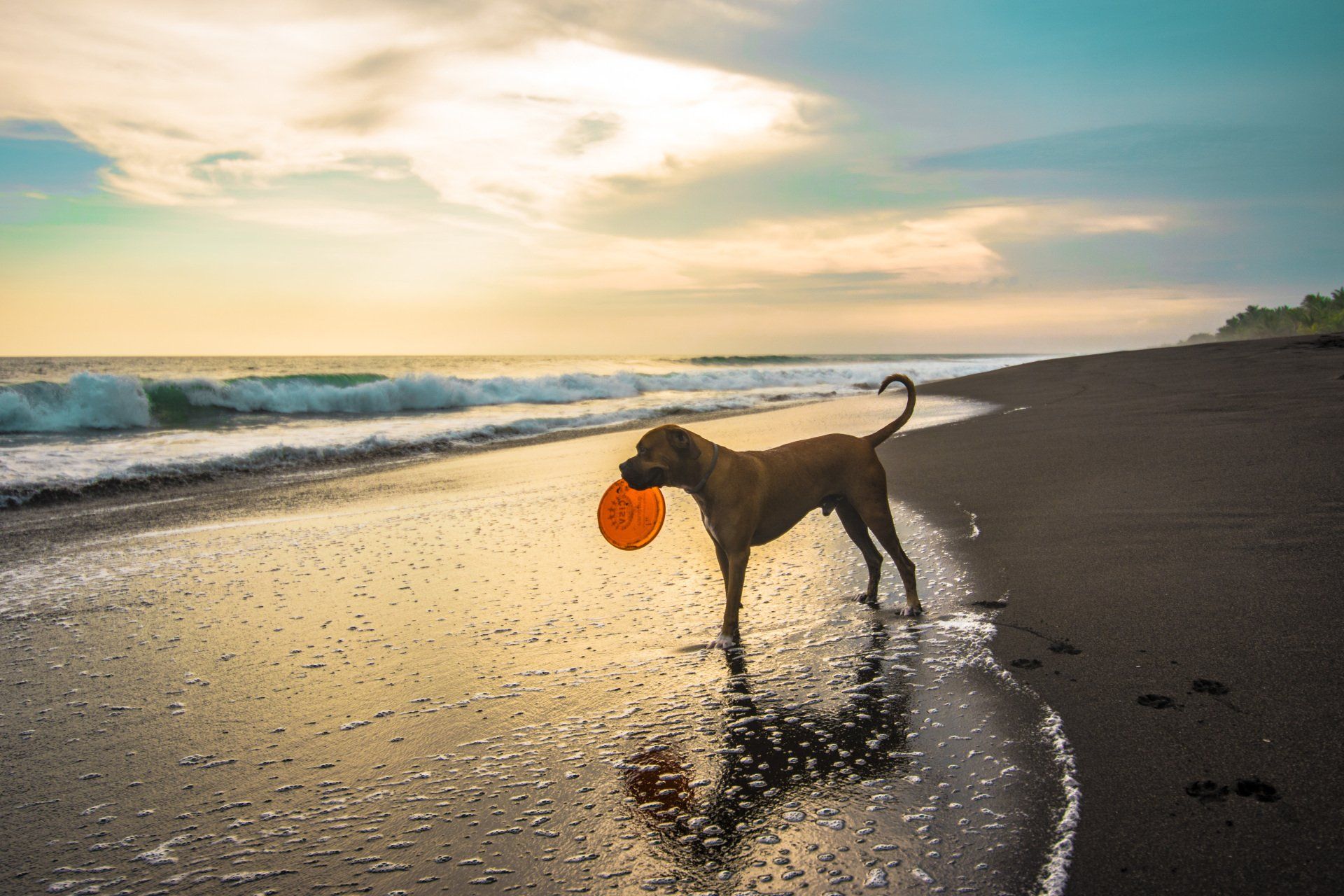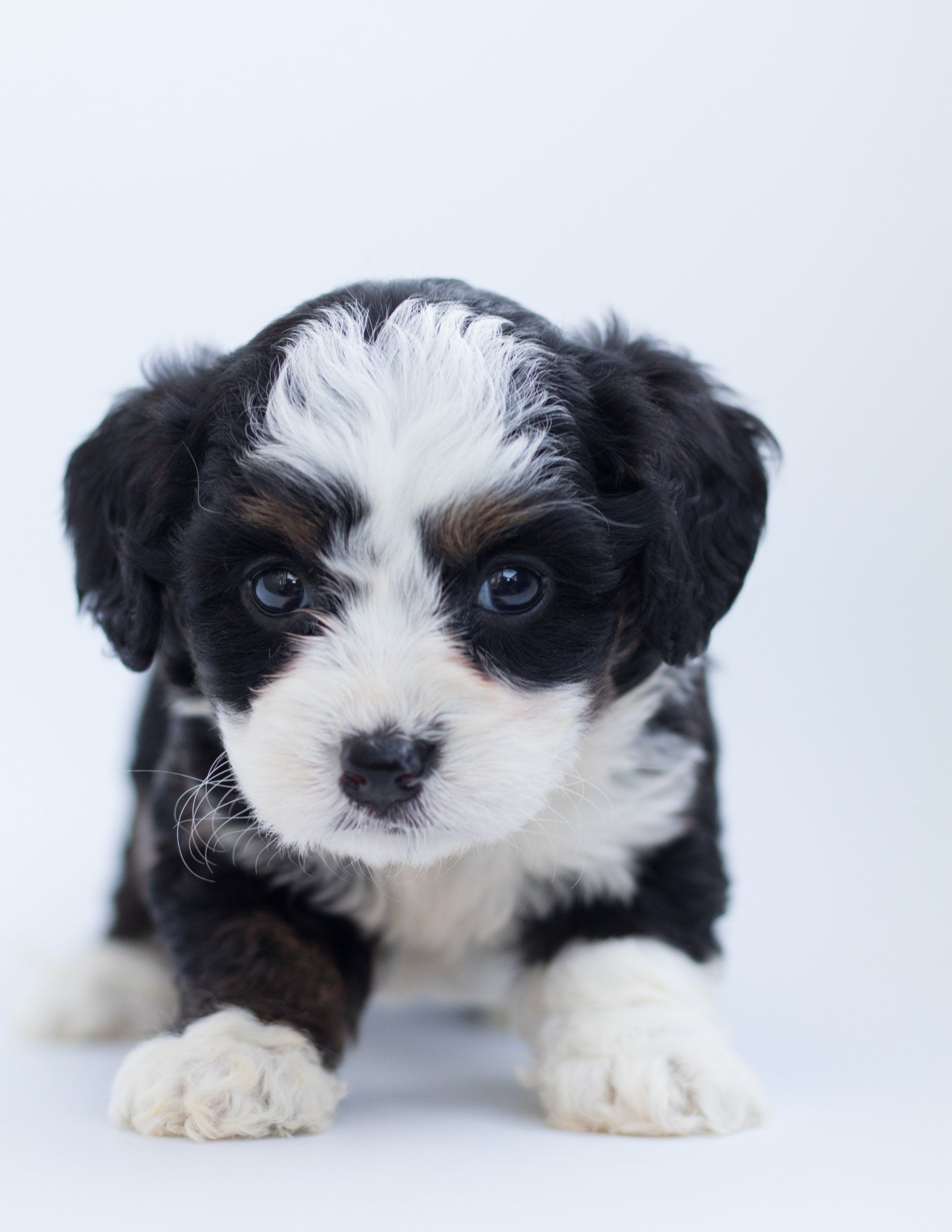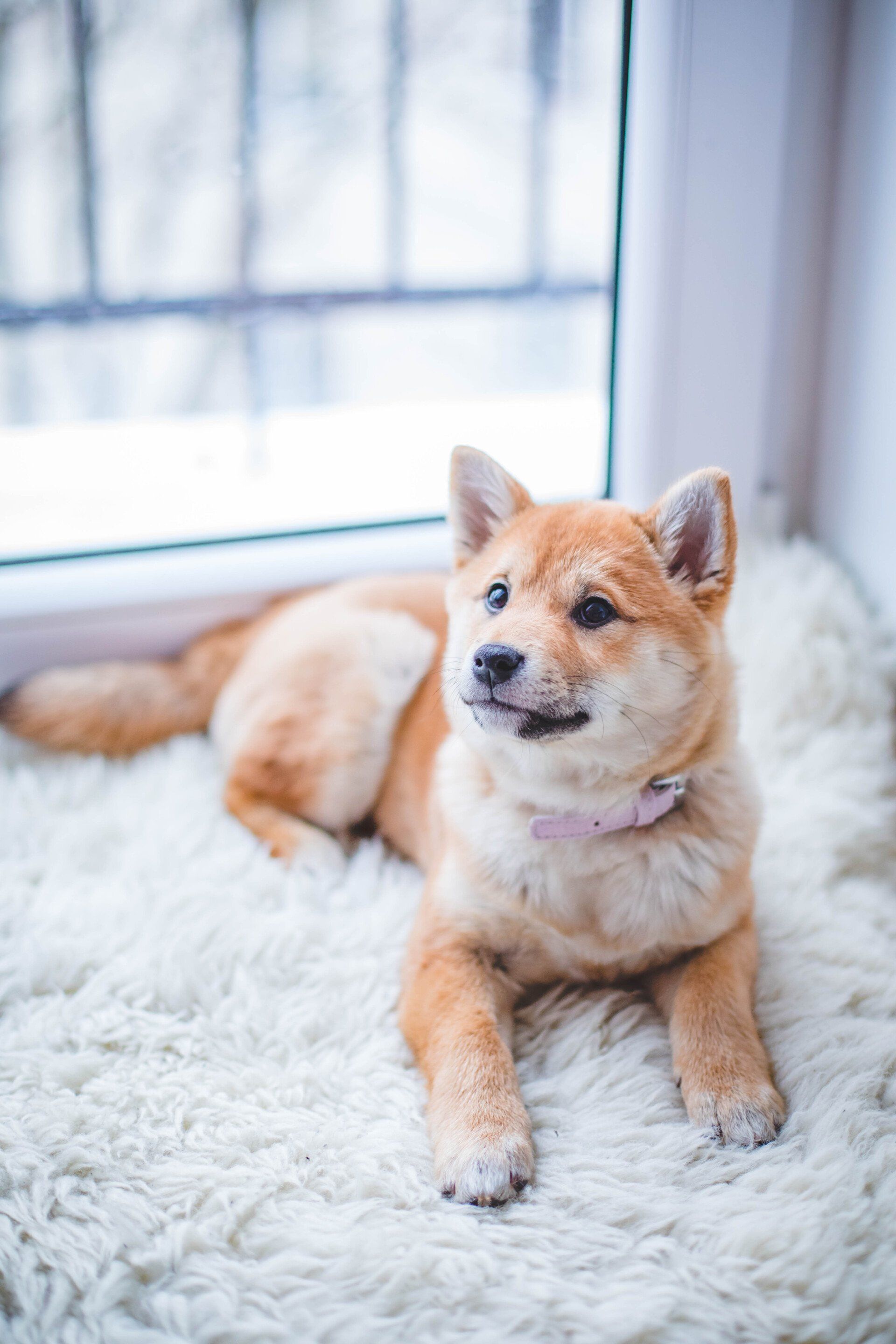It's Time to Go Potty
Tips for Potty Training Your New Dog
One of the first things you do when you bring a new dog home is make sure it doesn’t use your nice clean house as a bathroom. Outside is a wonderful place to be for a dog to do its business. Not the living room carpet. Not the kitchen or even the bathroom floor.
But when you go into the task of potty training your new dog, remember accidents will happen. It is inevitable and not something that can be prevented one hundred percent of the time. We are going to talk about the need to get your dog on a schedule so she knows the proper times and places to complete those necessary functions.
We will discuss the need for you to be consistent to help your dog not be inconsistent. It is a team effort, something that needs to be worked on by the entire household. When you complete this training, your dog should be fully in control of its bathroom habits. But as we mentioned before, accidents will and do happen.
Potty training essentials. Messes do happen.
The most important part of potty training is scheduling. This cannot be expressed with enough emphasis. You will also need to control the environment—where the puppy stays and where the puppy is.
A puppy running loose in the house significantly increases the likelihood that an accident on the floor will occur. Accidents happen less often when the puppy is crated. If the puppy is on a leash attached to you, it is probably less likely to do it in the house.
One of the benefits of having the puppy right there on a leash with you is that if the puppy starts to make that squat, you can pick it up and rush it outside. Picking it up and carrying it outside is enough of a deterrent for the puppy to learn that it is not a desirable thing to go to the bathroom in the house. There is no need to rub your puppy’s nose in it. That is just not effective, but we will get into that a little later. People used to thing it was good, but we have learned more effective and lasting methods.
Some people hang a bell from the door that the dog rings when he feels the urge to relieve himself. If this is the method you want to use, then you will have to put the bell on the door first thing and start habituating the sound of the bell when the door opens.
If you have your puppy on a schedule as far as when it eats and drinks, it makes it that much easier to predict when it will need to use the facilities. I cannot express enough the importance of getting your puppy on a schedule. This makes it much easier on the animal to learn the acceptable behaviors as well as making things easier and more controllable for you as the owner.
Let’s start of with the first morning. You brought your puppy home at night and left it in its crate in a nice, quiet area or maybe with a radio playing softly overnight. This space needs to be a stress-free area where there is not too much stimuli for the puppy in his new environment.
I get up first thing in the morning and take the puppy outside. I pick it up and carry it from the crate to the outside, and I put it down on the grass. While it’s down on the grass, the puppy may want to play at first because it just woke up and it’s early in the morning. Puppies like to do that when they first wake up. They feel feisty.
After I set him down on the ground, I’ll be neutral, purposefully boring. Should I feed into the puppy wanting to play with me, he will get distracted and forget to go potty. I want the puppy to believe that before we do anything it has to go potty. So, I start conditioning this from the very first day.
This is how I do it. I carry the puppy outside first thing in the morning and put it on the grass. It’s not play time. We’re not out there to have fun. I just say, “Go potty. Go potty. Go potty.” I just repeat myself until the puppy does his business.
When you first put the puppy in the grass, it will start to sniff around on the ground. You want to maintain a consistent tone and commands. "Go potty. Go potty." When the puppy does go, I celebrate the event. I want to pick it up, play with it a little bit. Maybe the first time you take it out, the puppy only pees. Even that event needs to be marked and celebrated. It needs to know that you approve of its behavior and that it is a good thing to go on the grass.
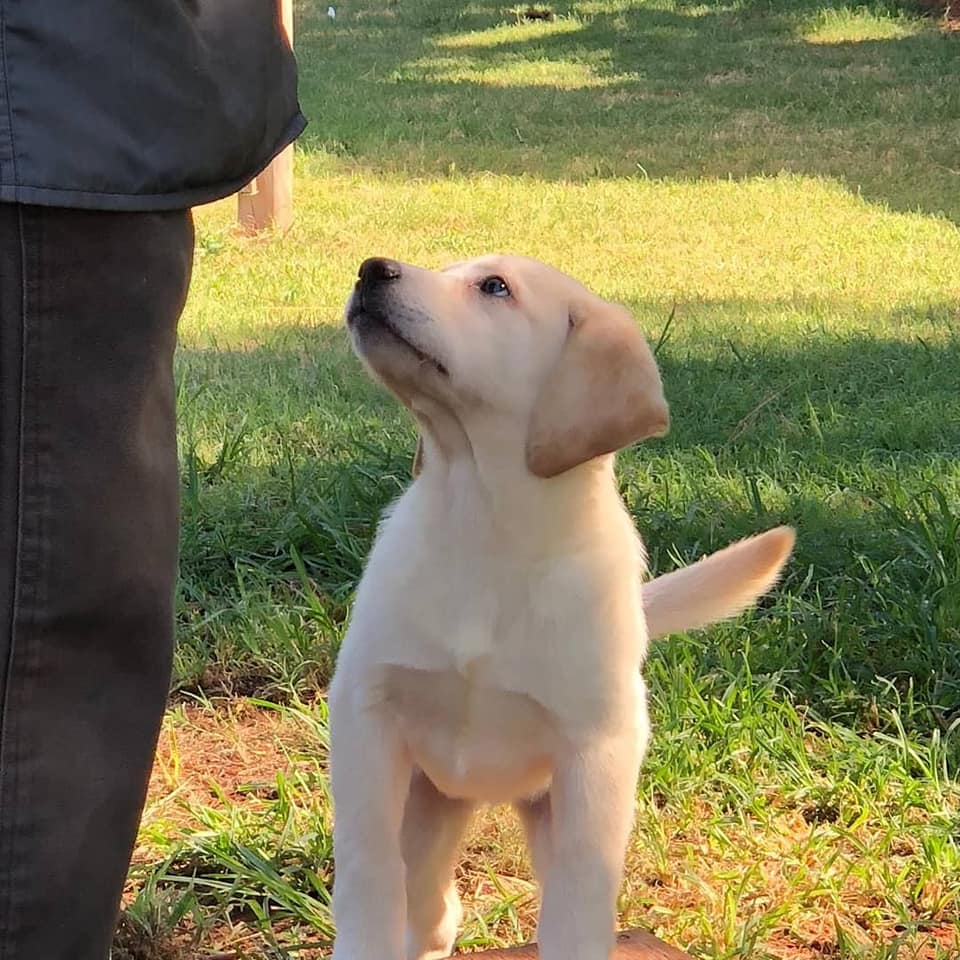
After being excited with it for a few seconds, I get quiet and start repeating myself again, “Go potty. Go potty. Go potty.” If the puppy is underneath me and doesn’t want to disengage, then I will turn my back to it, maybe moving to a different area in the yard.
It will probably follow me and start sniffing the ground in this new area. When it starts doing this, I know it will go potty again, but this time it will be number two. Then we celebrate the event again. Get excited after it goes. “Good puppy.”
After it has gone to the bathroom, I usually play with it for a few seconds before picking it up and taking it back inside. When the puppy is back in its crate, I make coffee and get ready for my day. As soon as I am done doing that, I go back and get the puppy to go potty outside again.
I start my training sessions like this. As soon as the puppy is done going potty, we jump immediately into the first lesson. This centers around its morning ration of food. The puppy needs food, but we do not give it anything to eat until after it goes potty.
Training from the very beginning is for the puppy’s food, how it is going to eat. We will go into this later since this section is about potty training. After the training session is complete, I put the puppy up. Where? Back in its crate. Why? Putting the puppy back in the crate after training session one allows it to process the session that it just had, it can think on it. The second reason is it allows you to control the environment, so the puppy doesn’t have any accidents in the house.
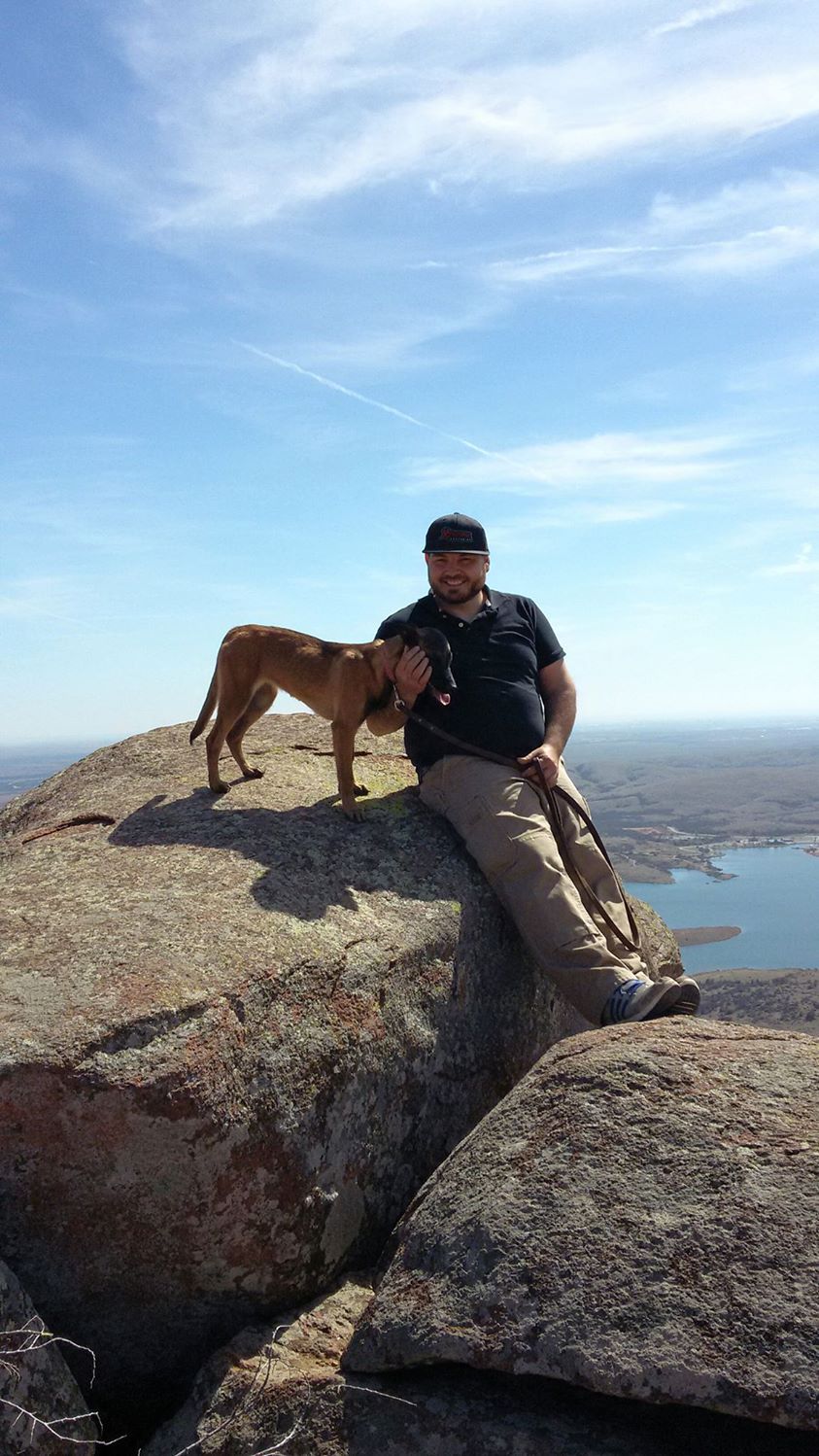
If you let your puppy loose in the house and it does have accidents, this can reinforce its behavior if this is repeated over and over. It gets to a point where it believes this is the place it is supposed to go. Then, you’ve created an issue that didn’t need to be created, and you have to break it. To break it, you go through the same processes and steps as when you first brought the puppy home.
In the beginning, I like to put the puppy in the crate and leave it in there for around two hours at a time during the day. Nothing longer than this. After the two hours, I take it out to go potty. Every time I take the puppy out may not turn into a training session with food, because you’re only going to feed the puppy two to four times a day.
One session, I may get the puppy out after its breakfast around nine o’clock and we’re not going to train with food. What I will do is say, “Go potty. Go potty. Go potty.” As soon as it does, if the puppy likes to play, I will celebrate by throwing a ball or a rag for the puppy to enjoy. When we’re done, I pick the puppy up, carry it inside, and put it back in its crate.
I will repeat this process every two hours. If it is time to eat, you do this after it goes potty. If it is not time to eat, you reward it with play after it goes potty. You work at this consistently and eventually you will learn the puppy’s habits and how it is reacting to the schedule. You may discover that the puppy had a problem going potty at eleven o’clock and had its last meal at seven where it also drank some water.
That is okay. It helps you understand how the puppy is adjusting to its cycle. It gives you the information to use, allowing you to adjust accordingly. In the process of working with the puppy, you have to get to a point where the moments in the crate expand. The goal is to get to a point where the puppy can be left at home while you go to work or dinner or shopping. You want to be able to come home and the puppy has not had an accident.
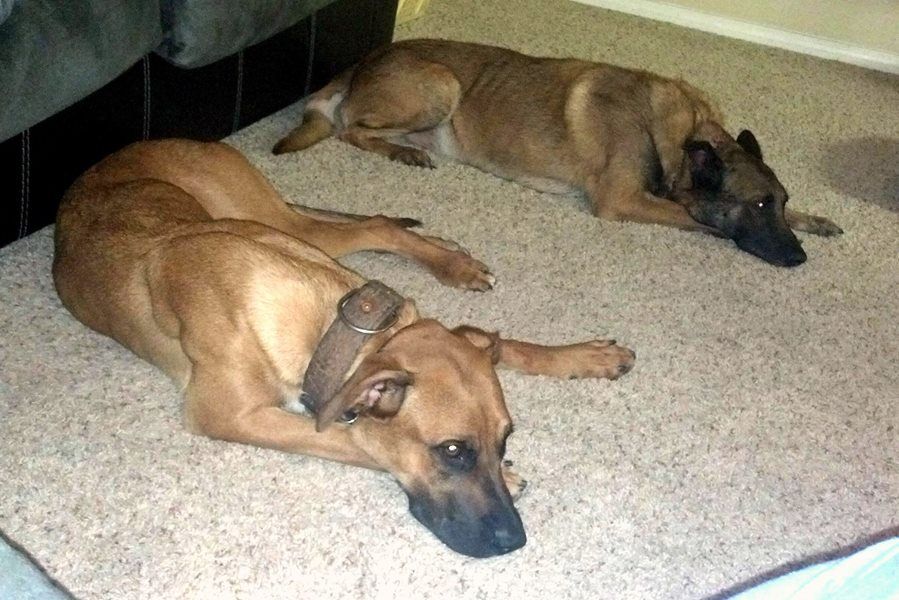
We start stretching those moments out at night. It wouldn’t be fair, and you would be setting the puppy up for failure, if you fed it its last meal at eight or nine at night and then put it away at ten. You can’t realistically expect it to hold everything for the next eight to ten hours. The puppy will make a mistake.
For me, with puppies, their last meal is usually around five or six o’clock, and I won’t let them get water after six or seven. I will take them out again at ten or eleven at night. First thing in the morning, everything starts over, and we do it all again.
When you accept the responsibility of brining a puppy into your house, you must understand that the puppy is going to make mistakes. This is not something that will be successful after one day of training. The possibility that a puppy will make a mistake can last into its first year. The reason is because all dogs do not have the muscle development to control the bladder as well as we would like.
Each puppy is going to be different. I have trained puppies starting at eight weeks of age that never have an accident at night. At the other end of the spectrum, I have seen puppies well into a year-and-a-half that if they get excited, they cannot control their bladder. Accidents will happen. The ability to become potty trained quickly will depend on the dog’s ability to learn to control its bladder.
If you have a dog that is an excited or nervous urinator, you don’t want to purposefully get that dog excited in your home. In that situation is not fair to the dog to then get mad at it when it has an accident on the floor of your house.
Dogs are no more perfect than people are. People have accidents. Children have accidents. Adults who have been injured or sick can have accidents. This is no different than with dogs. When you accept the responsibility of sharing your home with a dog, understand accidents will occur. What you build on are the successes through training and a schedule.
Positive versus negative reinforcing.
Positive reinforcement comes in those moments you celebrate your dog going potty where it is supposed to. You’re conditioning the words “Go potty” with the actions the dog is performing—going to the bathroom. The conditioning takes place when you repeat yourself “Go potty. Go potty. Go potty.” When it does and you celebrate with cheers and play, you are building even more conditioning.
What takes place is the association of an action with a command. You build conditioning through positive reinforcement by giving the puppy or dog some sort of reward for exhibiting a desired behavior. If that reward consists of just celebration and praise, that is perfectly acceptable.
You can use a clicker to build association; however, you don’t want to click in midstream. If you do that, your dog may think it’s time to quit and come over to you. That could very easily lead to an accident on your leg. That’s not fun. As soon as they finish, I’ll mark the occasion with a word or a click, something to celebrate and let them know that I really liked what they did.
Negative reinforcement does not necessarily have the actual impact of what we have come to accept as the connotative meaning. Applying a correction can often be misconstrued as something bad.
Rather than going into the psychology of the four quadrants of learning, we will just keep it simple. Positive reinforcement is giving the dog a reward for doing something good and desirable. Negative reinforcement is either denying the dog the reward or applying a correction.
The old putting the dog’s nose in the mess does not work. Then the dog just thinks you’re a jerk. It doesn’t associate the action with it making the mess. Dogs don’t think like humans.
For example, my brother and I got into a fight when we were young, and the glass in our mother’s antique cabinet ended up getting broken. We spent the entire day dreading our parents getting home. We knew we were going to be in trouble, we knew what it was for. Dogs don’t think that way. They are not capable of linear thought.
Something that happens to them at nine in the morning has no effect five minutes later. They’ve already forgotten about it and moved on. They live in the moment. Having the puppy on a leash and rushing it outside, saying, “No. No. No.” provides all the correction—or negative reinforcement—that is necessary. The puppy understands in the moment when it gets corrected in the moment.
It got stopped and redirected in the moment. We do that with a lot of our training. If the dog is doing something I don’t want it to do, I’m going to stop it immediately and redirect it into something acceptable. If the puppy’s going on the floor, rush it outside. If the puppy grabs my pant leg, I say no and give it a toy instead. That’s not fun; this is fun. Don’t do that; do this.
As a result, you end up with a puppy that knows it cannot go potty in the house. The puppy in its mind as it squats in the house may be thinking, “I always get rewarded for doing this. I’m going to do it right here.” If that happens, sometimes it is an accident. Sometimes it is poor management. You have to know when your puppy needs to go out. If you stick with your schedule, you’re going to start to see and pick up on those behaviors that indicate when your puppy needs to go potty. This reduces the likelihood the puppy will make a mistake.
Having the bell for the dog to ring when it needs to go to the bathroom can either be a good thing or a big annoyance. It depends on each person and what they want. The dog will associate every time it rings the bell with it getting out and going for a walk. This could be difficult for a person living in an apartment building.
In a home with a fenced yard or field, it is not as big of a problem when the dog rings the bell to be let out. You can let it out to do its business, and then it lets you know in some manner that it wants to come back in.
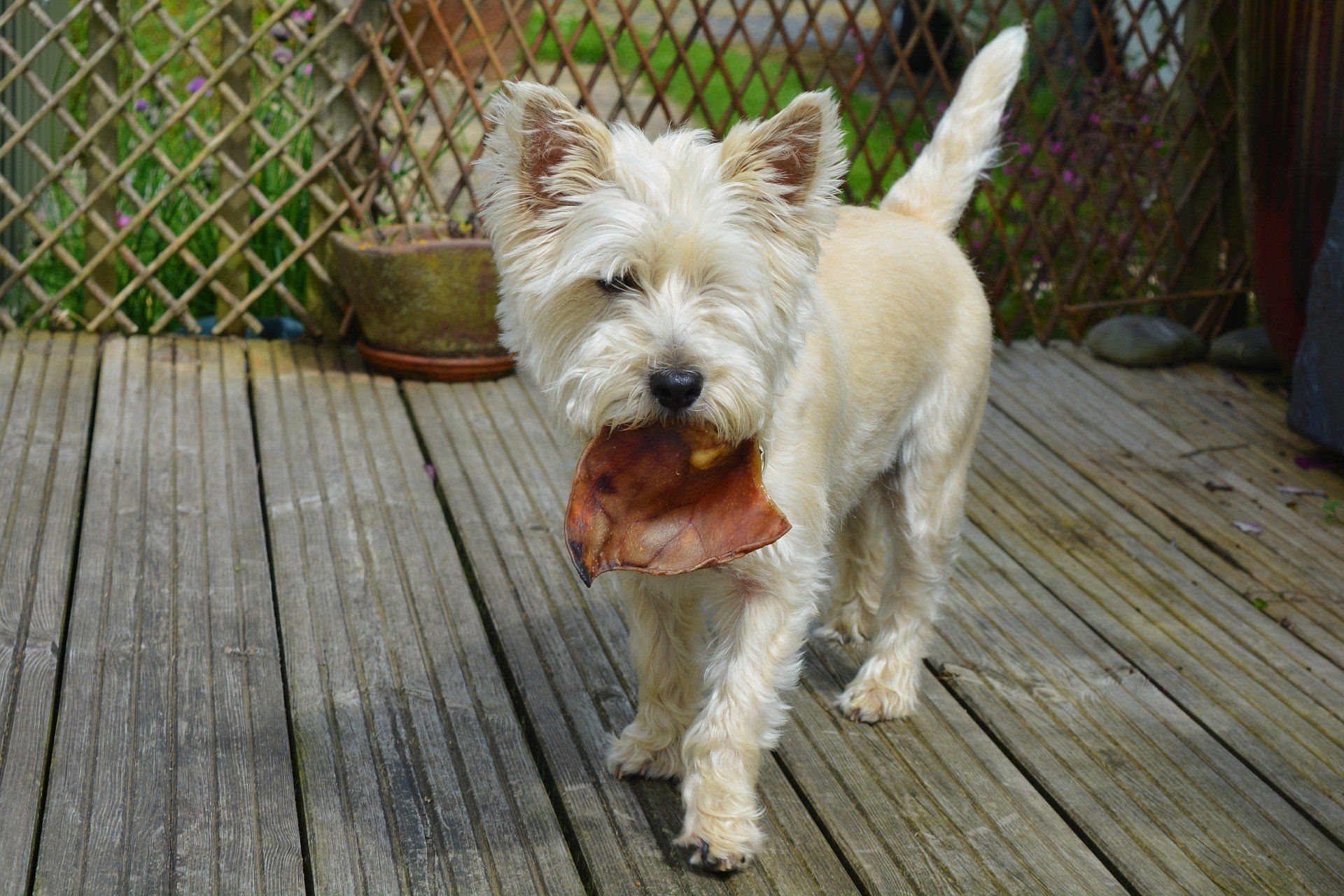
Is it true dogs won't go where they sleep?
The answer to this question is simple. Yes. And no.
Some dogs are just dirty dogs genetically, while others are dirty because it has been taught. For the most part, dogs are animals that typically like to be clean. Most dogs do not like to eat where they go to the bathroom.
That is why when we start crate training, we often throw a handful of food into the crate with the puppy. We don’t put it in a bowl; we put it on the floor. That is their plate, and they usually will not go potty on their plate.
There are some dogs that have it hardwired in them to use the bathroom where they sleep. Usually, dogs like that are more nervous dogs as well. Maybe when they get out in the world, they’re too nervous to go. Then when they get in their den, they relax and realize the urge is too great not to go.
Some dogs—and I have had some—don’t like to go when they are on the leash. This can be corrected by walking them until they absolutely have to go. The reason this happens is because walking stimulates the bowels and bladder. This is the reason a lot of people take their dogs on a walk to go potty. Walking gets things moving on the inside too.
You also have dogs that have learned that being dirty is a part of life. This usually occurs in dogs that come from bad rescues or dogs that were rescued from a bad situation. Poor and unclean housing for puppies from unethical breeders can lead to a dog with dirty habits.
Cleaning up after puppies is hard, especially if you have five to ten of them. They make messes. When their eyes are still closed and they’re barely able to walk during the first few weeks of their lives, they typically stay in what is called a whelping box. Out in nature, it would be a wolf in a cave or a den.
At some point, those puppies develop enough that they start exploring beyond those confines. Most breeders will have a door to prevent the puppies from getting out until they reach a certain age. When they reach that point, they’ll be able to go out. This is around the age where the mother quits cleaning up after the puppies because they’re making too much of a mess.
By then, they learn to leave their den to go potty and then come back inside. Some unethical breeders keep the dogs in cages without outside access. This teaches the dog to be dirty. Puppies can learn to be dirty from an early age. These are hard traits to break.
If you get a puppy that is dirty—whether it has been learned through the mother and poor housing or it’s something genetic—it is very hard to break the dogs of this behavior.
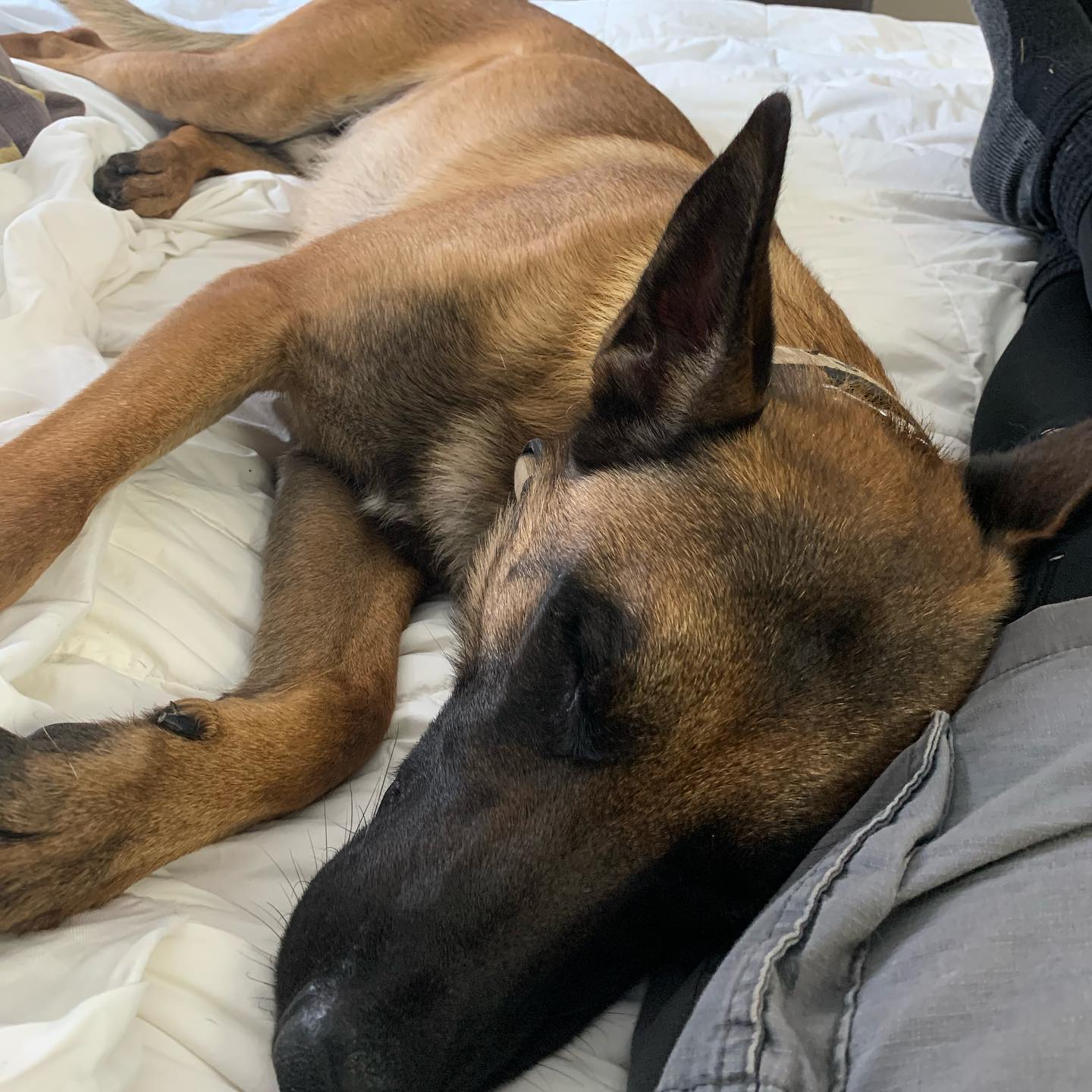
Examples of success. Examples of bad situations.
Breaking a dog of being dirty is going to depend on several factors. The age of the dog will matter as will the length of time that the behavior has been rehearsed. If you have a nine-year-old dog that messes in his crate and has done it his whole life, there is not much chance of breaking the habit.
If you bring me a two-year-old dog with the same issues to be trained, we’re going to be able to fix it, but it will be a long road to travel. It can be fixed through diligence and dedication. If you bring me a four-month-old dog with the same issues, it can probably be fixed in a couple of months.
Bad habits are like addictions. If you think of them like that, it helps you manage their correction better. The more time a dog has for rehearsing that bad behavior, the harder it is going to be to break it. It doesn’t matter if it’s going potty in its crate or if it’s biting people.
For example: if you have a dog that learns from a young age that it can people away by using his teeth when he’s nervous, it can turn into a serious situation when that puppy turns into a big dog that gets hold of somebody. It’s about not allowing those opportunities and doing your best to minimize the likelihood of those actions occurring.
If I have my puppy on a feed and water schedule, I know when it is going in. That makes it easier to predict when it’s going to come out. Potty training a puppy in regard to scheduling and learning its indicating behaviors is really no different from having an infant. You know that what goes in must come out.
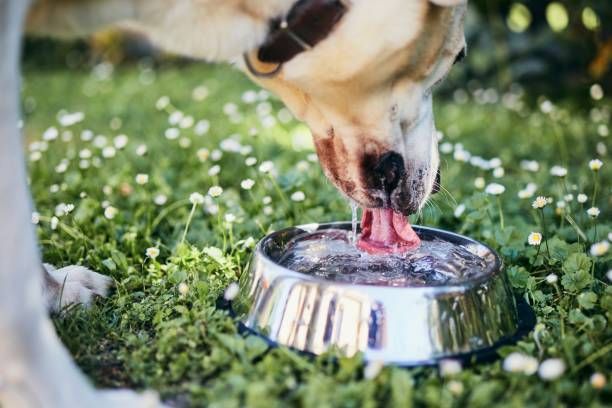
Time and dedication.
Making a schedule, keeping it, and then adjusting the schedule at the dog’s pace will indicate the success of potty training your puppy. If you start adjusting that schedule to mimic your life’s timetable, you will find it much more difficult. You cannot do it on your terms. It has to be done on the dog’s terms.
If you are trying to get your dog to from holding its potty break from two to four hours, you are setting you both up to fail. You might be able to go from two hours to three at the most, but expecting it to do more as a matter of convenience for you is not fair to the dog.
When you have been taking your puppy out every two hours to go potty but then have to be away for eight hours, you can expect to find a mess when you return. Should you have to be gone for an extended time and know there will be a mess waiting for you, it might be good to leave bedding in the crate such as cedar chips, pine shavings, or shredded newspaper. These will absorb the liquid and make cleanup easier. Cedar chips clump up when the puppy goes number two and keeps the house from smelling.
Getting your puppy potty trained is going to come down to setting a schedule to reinforce desirable behaviors and dedication to keeping that timetable. Always remember that it will need to be adjusted according to your dog’s needs in order to be successful and not your own. Pretty simple. But it takes time and dedication.
Request a Phone Call from a Dog Trainer
We'll be in touch as soon as possible.
Dog Training Inquiry
Thank you for contacting Southern Warrior K9. We will get back to you as soon as possible
Oops, there was an error sending your message. Please try again, or email us directly at SouthernWarriorK9@gmail.com.
Contact Information:
Phone: (405) 326-0055
Email: SouthernWarriorK9@gmail.com
Address: 10451 OK-9, Norman, OK 73026
Disclosures
* Southern Warrior K9, LLC, and its training programs are not affiliated, sponsored, endorsed, approved, or associated with the American Kennel Club or the AKC Canine Good Citizen testing program. For more information about the AKC Canine Good Citizen testing program, please see https://www.akc.org/products-services/training-programs/canine-good-citizen/
** Nothing on this website should be considered legal advice. If you have legal questions about whether your dog qualifies for protected legal status as a service dog, please consult an attorney.
All Rights Reserved | Southern Warrior K-9, LLC.
